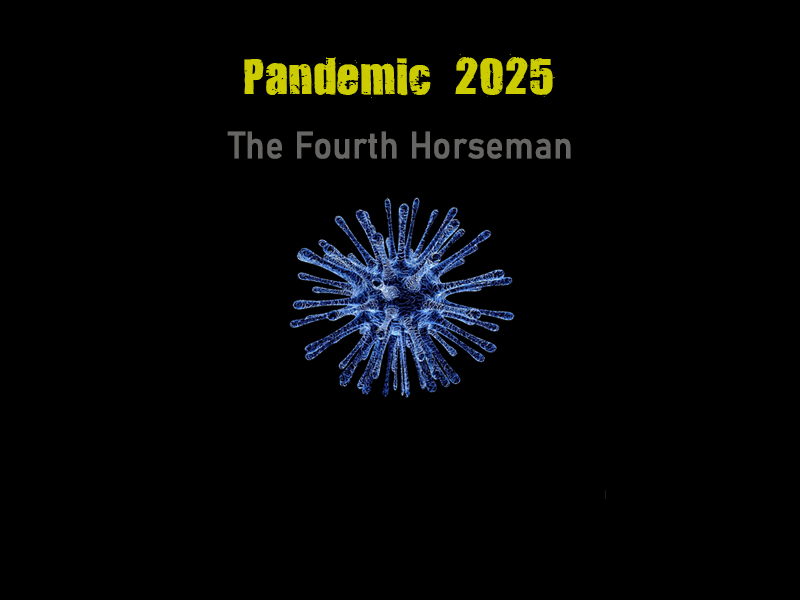Table of Contents
- Аналітики прогнозують велику нестабільність у 2025 році
- Virus 2025: A Chilling Vision Of A Dystopian Future - Beginning Of ...
- LOCKDOWN 2.0 di 2025? - YouTube
- Pandemic 2025 – The Pale Horse Rideth | Watchmans Cry
- Year 2025 | Short Film | 5 years After Coronavirus | Watch till the end ...
- 2025 ഓടെ കേരളം അതിദരിദ്രരില്ലാത്ത സംസ്ഥാനമാകും - YouTube
- What does 2025 have in store | Taulia
- 2025 NEXT PANDEMIC? - YouTube
- 2025 වනවිට සිසුන් ලක්ෂ දෙකකට ඉංග්රීසි මාධ්යයෙන් අධ්යාපනය - YouTube
- Επτά συγκλονιστικά επιστημονικά επιτεύγματα που θα μας συνεπάρουν το ...



Understanding the Shift in Severity



Factors Contributing to the Decrease in Severity




Implications for Public Health
The apparent decrease in Covid-19 severity has significant implications for public health policy and strategy. If the trend continues, it may lead to: Relaxation of restrictions: As the risk of severe illness decreases, governments may be able to ease restrictions and reopen economies. Shift in resource allocation: Healthcare resources may be redirected from Covid-19 treatment to other pressing health concerns. Increased focus on long-term effects: As the severity of the disease decreases, attention may turn to understanding and addressing the long-term effects of Covid-19, such as "long Covid" syndrome. The mystery of why Covid-19 seems to be becoming milder is a complex and multifaceted phenomenon that requires continued research and investigation. While the decrease in severity is a positive trend, it is essential to remain vigilant and continue to monitor the virus's evolution. As scientists and medical professionals work to unravel the enigma of Covid-19, it is crucial to prioritize public health and adapt strategies to address the changing landscape of the pandemic. By staying informed and proactive, we can work together to mitigate the impact of Covid-19 and build a healthier, more resilient future.Stay up-to-date with the latest developments on the Covid-19 pandemic and its evolving trends. Follow reputable sources, such as the World Health Organization and the Centers for Disease Control and Prevention, for accurate and trustworthy information.